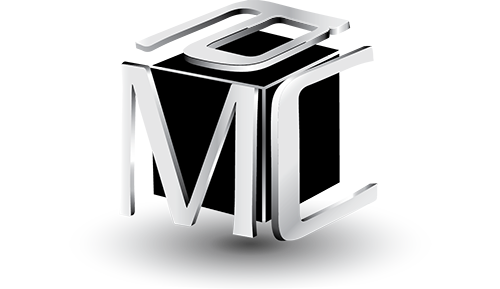
Through People


There are many keys to effectively executing an organization’s strategy. In my opinion, the most critical factor is assuring that the organization has the capacity to execute strategic goals and objectives. I call this creating a strategy-capable organization and it highlights the role that talent plays in assuring strategic success. That role can be described by the following six components.
Not all jobs are created equal. Some roles play a pivotal role in identifying, creating and delivering value for the markets and customers outlined in the strategy. Leaders should help identify these mission-critical or pivotal roles and then differentially invest in assuring that the best talent is placed and retained in these roles.
Traditional performance evaluations are worthless. It’s time to throw them out (and the ratings that go with them) and to replace them with a robust process of cascading goals down through every level of the organization. Managers and employees should be focused on having regular, meaningful discussions about goals, progress and next steps. Replace the ratings with calibration sessions or talent reviews (see #5 below).
Competencies are the knowledge, skills and abilities related to success in the organization. To deploy a given strategy, the competencies critical to success must be defined at every level of the company. Then the competencies can be used to integrate selection, promotion, and development processes that support and drive the strategy.
Talent assessments (or what I prefer to call Organization Capability Assessment) are essential to assure that strategy can be deployed. Armed with knowledge of mission-critical roles and strategic competencies, candid and objective talent reviews can build an overall picture of the organization’s ability to execute. Properly conducted assessments will highlight capability gaps and where talent investments will have the biggest payoff. Progress can be tracked and the capability assessment can be updated as the strategy unfolds.
Translating strategy into roles, goals and competencies, integrating talent processes with competencies and then assessing overall capability are the hallmarks of strategic talent management. It creates a clear line of sight from talent to strategy and allows the talent strategy (and HR) to become a driver of the business strategy.